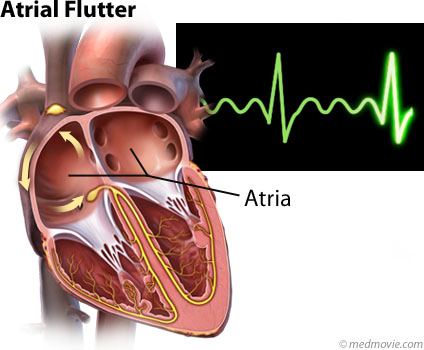

Food and Drug Administration (FDA) has cleared two devices for the interventional treatment of PE, though many others are in the development pipeline.ĭespite the clearances, there is limited evidence supporting the safety of the interventional therapies against more conservative approaches, partly because of the FDA's decision to designate these devices as Class II (moderate risk), authors say. However, adverse outcomes in patients with intermediate and high-risk PE - despite the use of anticoagulants - prompted the development of novel therapeutic approaches, including catheter-directed thrombolysis (dispensing "clot-busting" medication via a catheter that is threaded through the groin) and catheter-based embolectomy (removing the clot through a minimally invasive procedure). Historically, the majority of patients with PE have been treated with blood thinners, which help to prevent new clots from forming but do not eliminate existing clots. Pulmonary embolism, which is most often caused by blood clots that travel to the lungs from deep veins in the legs, affects as many as 900,000 people each year in the United States. This statement aims to help stratify the risks associated with these approaches and guide clinical practice," said Giri, who chaired the multi-disciplinary committee, comprised of 12 experts from nine different institutions, that published the research. "While the emergence of these interventional devices offers a new approach to treat pulmonary embolism, questions exist about when they should be administered and which patients would benefit the most. Giri, MD, MPH, an assistant professor of Cardiovascular Medicine in the Perelman School of Medicine at the University of Pennsylvania, at the 5th Annual Pulmonary Embolism Symposium in Boston. Airway clearance techniques for chronic obstructive pulmonary disease.The statement will be published today in Circulation and simultaneously presented by Jay S. Keeping airways clear: Pulmonary lung hygiene.Exercises to improve your breathing (2013).You can learn more about how we ensure our content is accurate and current by reading our editorial policy. Healthline has strict sourcing guidelines and relies on peer-reviewed studies, academic research institutions, and medical associations.

Living with COPD? See what your spirometry test score can tell you about your respiratory health. You’ll likely be advised to do this roughly 10 times per hour. Hold your breath for as long as you can.Īfter each run-through, take a moment to collect your breath and relax.

Place the mouthpiece in your mouth and wrap your lips tightly around it.Hold the incentive spirometer in your hand.You can usually do it at home while sitting in a chair or on the edge of your bed. Spirometry is recommended for people recovering from surgery or who have a respiratory condition, such as pneumonia.
Acapella flutter valve pulmonary embolism how to#
Your healthcare provider will explain how to use the device properly. The device also includes a gauge to measure how slowly you exhale. At the other end of the tube is a mouthpiece through which you’ll exhale and inhale.Īs you exhale, a tiny ball or other indicator goes up and down inside the spirometer, depending on how much you can exhale. It’s a clear, hollow cylinder with a flexible tube attached to it. This method of strengthening and controlling your breathing uses a device called an incentive spirometer.


 0 kommentar(er)
0 kommentar(er)
